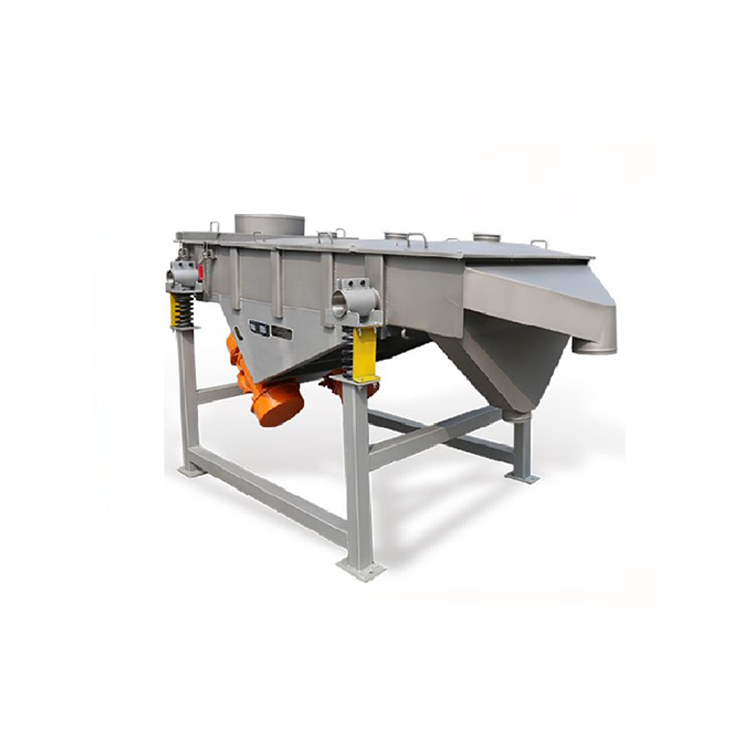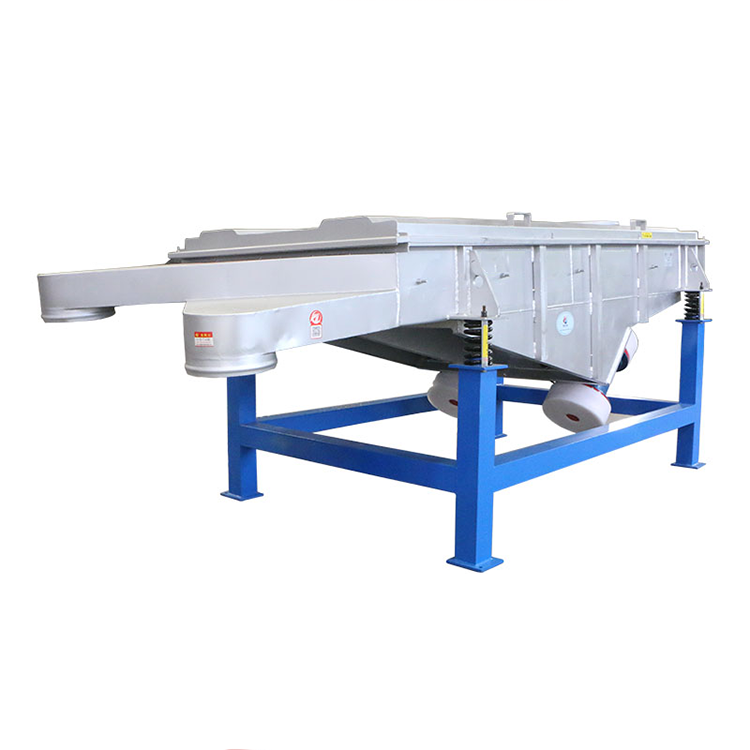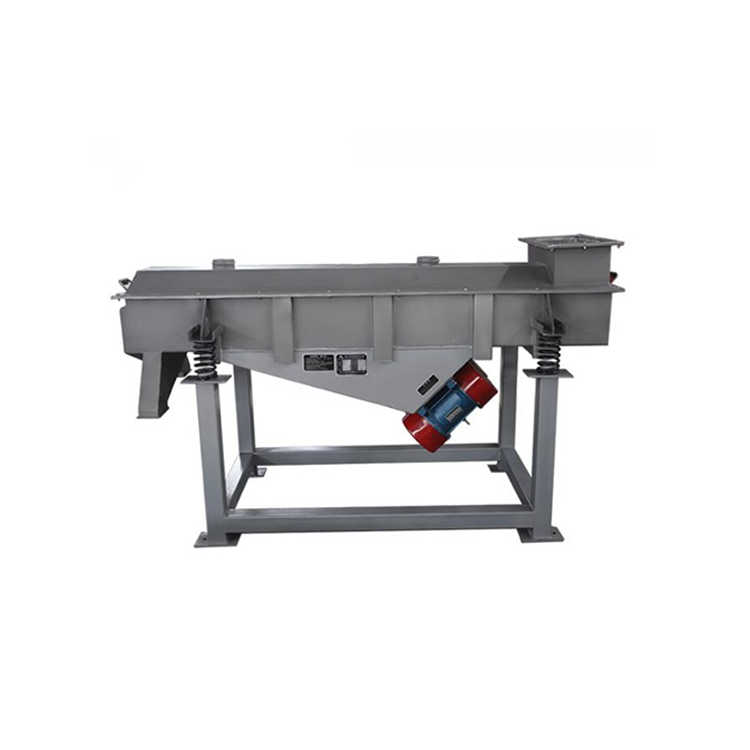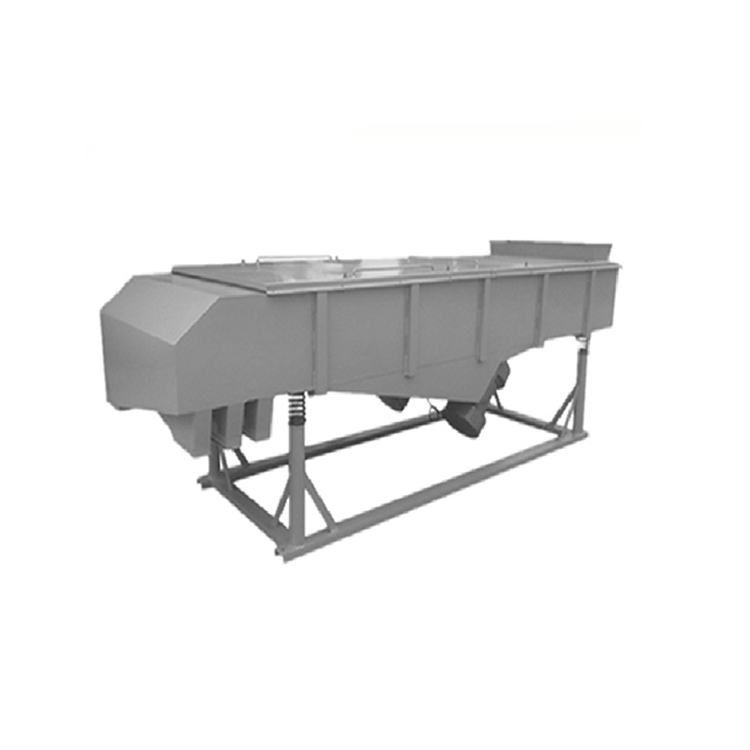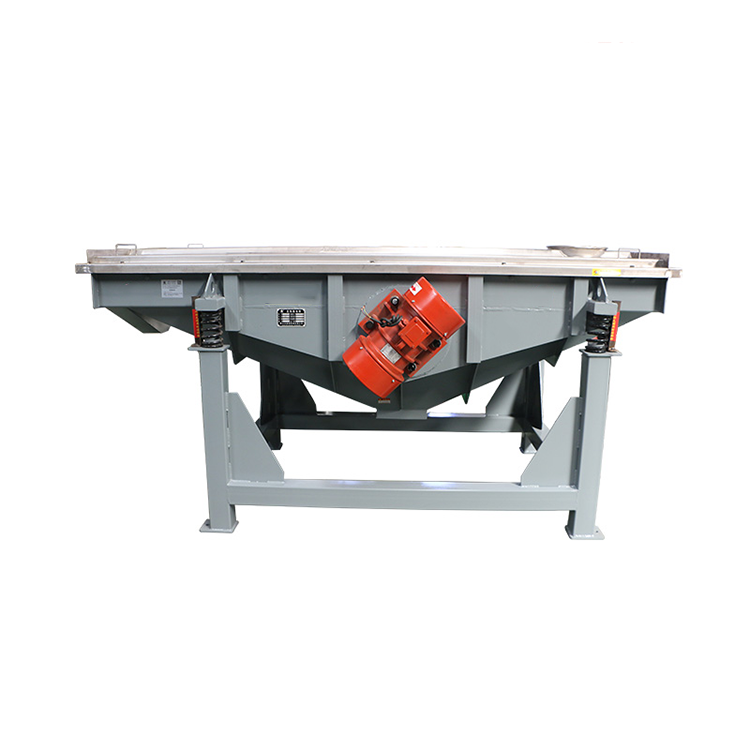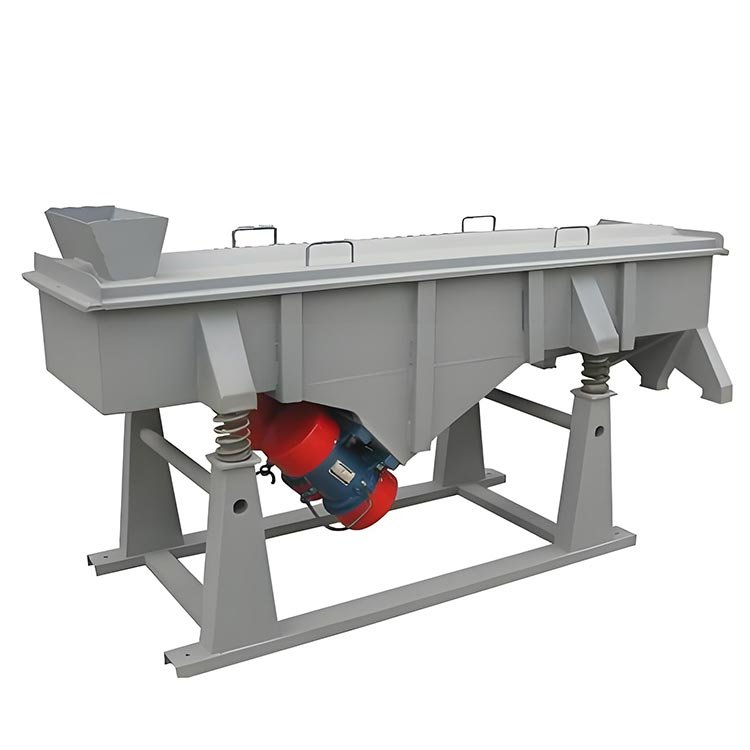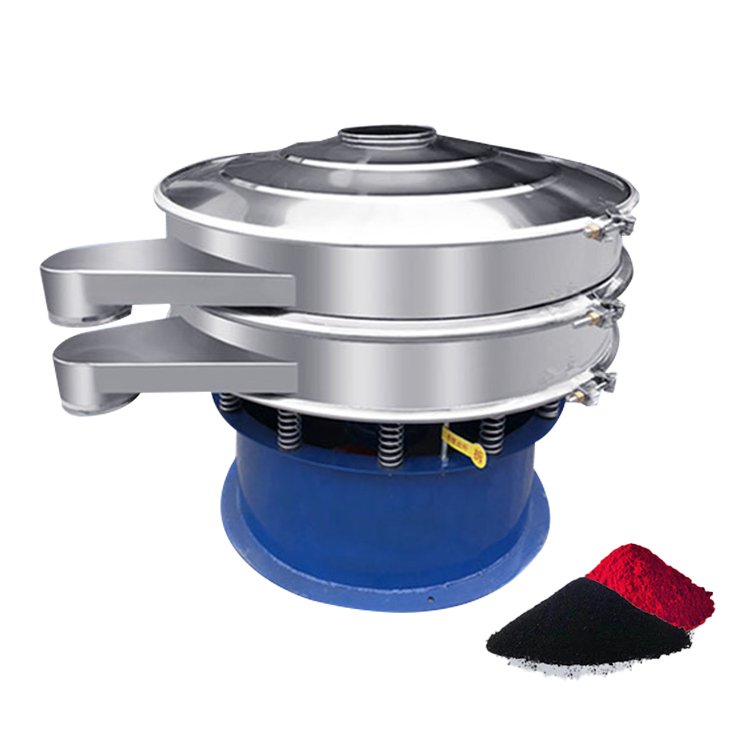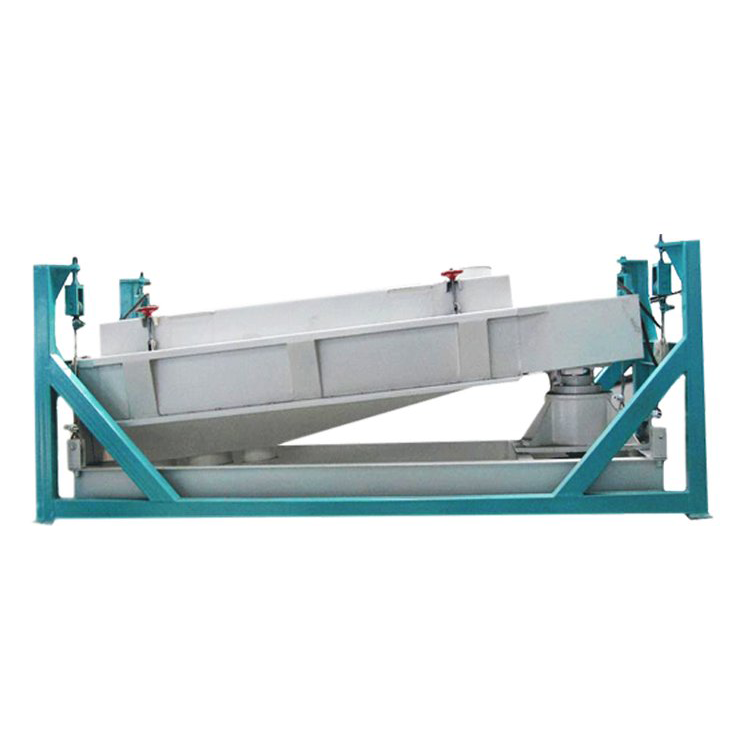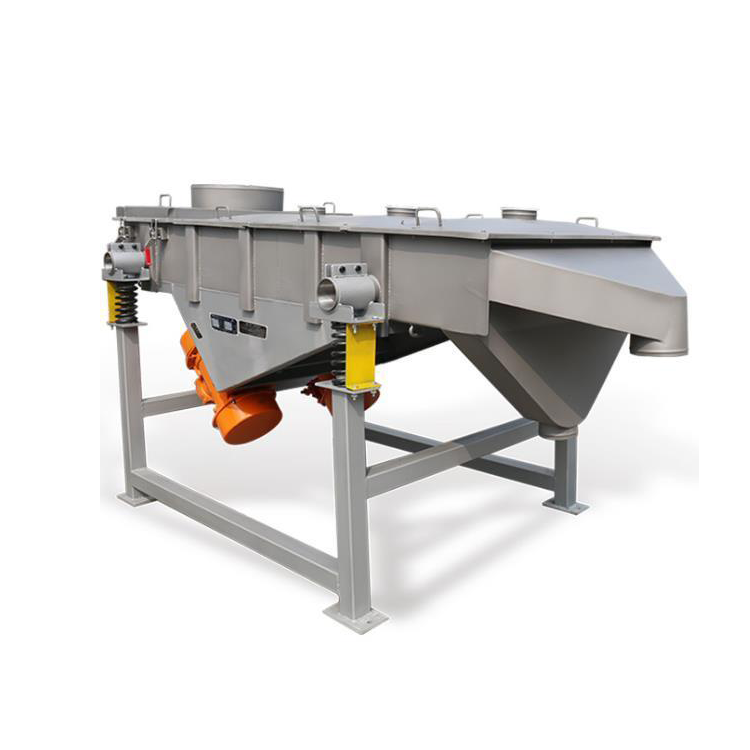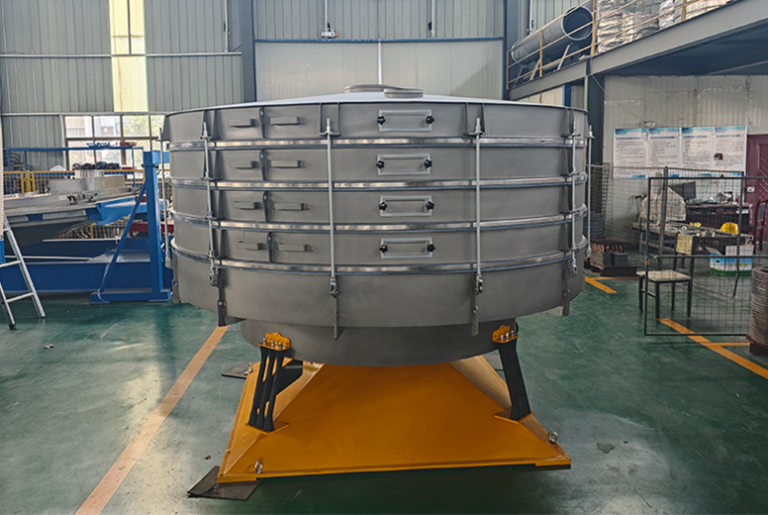The Linear motion screen is driven by two vibrating motors, and the materials are screened along a linear motion trajectory. Its advantages lie in high screening efficiency, high precision, simple structure, large processing capacity, and wide application. It has features such as multi-layer screening and full enclosure, and can meet different needs by adjusting parameters. It plays an important role in many industries such as mining, chemical industry, food, and medicine.

Advantages of the Linear motion screen:
- Efficient Screening: The Linear motion screen is driven by two vibrating motors, making the screen body move in a linear reciprocating motion. The materials are evenly dispersed and move forward on the screen surface, enabling the rapid separation of materials with different particle sizes and achieving high screening efficiency.
- High Precision: By adjusting parameters such as the exciting force of the vibrating motors and the inclination angle of the screen surface, the movement speed and residence time of the materials on the screen surface can be precisely controlled, thus achieving high-precision screening operations and meeting the requirements of different users for screening precision.
- Simple Structure: It is mainly composed of parts such as the screen box, vibrating motors, and spring support system. The structure is relatively simple, making it easy to install, maintain, and operate. The equipment operates stably with high reliability, reducing the probability of failures, and lowering the maintenance cost and downtime.
- Large Processing Capacity: The width and length of the screen surface of the Linear motion screen can be designed according to actual production needs, enabling it to process a large flow of materials, adapt to production operations of various scales, and improve production efficiency.
- Wide Application: It can be applied to various materials with different properties, such as granular, powdery, and wet materials, and is widely used in many industries such as mining, metallurgy, chemical industry, building materials, food, and medicine.
Features of the Linear motion screen:
- Linear Motion Trajectory: The materials move back and forth along a straight line on the screen surface. The motion trajectory is stable, ensuring that the materials pass through the screen evenly, avoiding the accumulation and segregation of materials, and being conducive to improving the screening effect.
- Multi-layer Screening: It can be designed as a multi-layer screen structure as needed, with a maximum of 5-6 layers, realizing the one-time grading and screening of various materials with different particle sizes, and improving the utilization rate of the equipment and production efficiency.
- Fully Enclosed Structure: The entire screen box is designed with a fully enclosed structure, effectively preventing the dust from flying during the screening process of the materials, improving the working environment, reducing environmental pollution, and also avoiding the loss of materials.
- Elastic Support System: Springs or rubber shock absorbers are used as support components, which can effectively buffer the vibration, reduce the impact of the equipment on the foundation, lower the noise, extend the service life of the equipment, and also facilitate the installation and adjustment of the equipment.
Application Scope of the Linear motion screen:
- Mining Industry: It is used for the grading and screening of ores, such as iron ores, coal, limestone, etc., separating ore particles with different particle sizes for subsequent crushing, grinding, ore dressing, and other operations.
- Metallurgical Industry: In steel plants, non-ferrous metal smelters, etc., it screens materials such as sintered ore, pellets, and coke, removing impurities and unqualified particles, ensuring the uniform particle size of the materials fed into the furnace, and improving the smelting efficiency and product quality.
- Chemical Industry: It is used for the screening of chemical raw materials, finished products, and intermediates, such as plastic particles, fertilizers, pigments, resins, etc., realizing the grading of products with different particle sizes and meeting the requirements of the production process and product quality.
- Building Materials Industry: In cement plants, brick and tile factories, ceramic factories, etc., it screens raw materials such as cement, sand and gravel, and clay, controlling the particle size of the raw materials and ensuring the stable quality of the products. At the same time, it can also be used for the particle size grading of building materials, such as stones and sand.
- Food Industry: It screens food raw materials such as grains, oils, sugar, salt, and flour, removing impurities and foreign matters, and ensuring the hygiene and safety of food. In addition, it can also be used for the particle size grading of food additives, seasonings, etc.
- Pharmaceutical Industry: In pharmaceutical factories, it is used for the screening of drug particles and powders, ensuring the uniform particle size of drugs and meeting the quality standards of drug production. At the same time, it can also be used for the screening treatment of raw materials for drugs and traditional Chinese medicinal materials.


